Blog
The most popular Montenegrin food products recommended by Taste Atlas
Montenegro is widely known for its gastronomic offer. Cheeses and wine stand out from this offer, which are known and recognized all over the world. The offer of the most popular gastronomic products and dishes from Montenegro are also presented on the pages of the taste e atlas
In addition to Montenegrin cheeses and prosciutto ranking high on the recommended list, there are also some traditional dishes.
Njeguški Sir
(Njeguški Cheese)
Njeguški sir is a Montenegrin full-fat hard cheese produced from sheep's milk. The curd is first placed in a cheesecloth, then in a cheese mold, and finally, it is pressed with a wooden plank which is topped with a stone. After one day, the cheese is salted and placed in a wooden box for two days, and it is then left to mature for at least four weeks until the cheese is ready for consumption.
The final product has a golden-yellow crust and a milky-sour, salty flavor.
Njeguška pršuta (Njeguški Pršut, Njeguš Prosciutto)
Njeguška pršuta is a prosciutto variety originating from the area of Njeguši in Montenegro, hence the name. Pork ham is traditionally salted with sea salt, pressed in order to remove excess liquid, then smoked and dried in the cool mountain air, after which it is left to mature, so the whole process typically takes about a year.
The meat is smoked over beech wood, imparting a unique flavor and aroma to this delicacy. When fully matured, this meat product is thinly sliced and can be paired with anything from cheese and bread to salads and pasta dishes.
Pljevaljski Sir(Pjevlja Cheese, Pljevaljski Cheese)
Pljevaljski sir is a staple of many Montenegrin meals. This white cheese is traditionally produced from raw cow's milk. The cheese is characterized by its strong flavor and creamy texture. Its unique aromas are a result of the maturation process which takes place in specially designed wooden barrels - the sliced cheese is salted, placed into wooden barrels, then immersed in brine.
Pljevaljski sir should mature for 15 days before it is ready for consumption. The cheese is so popular that there is even an annual event called Dani Pljevaljskog Sira, where numerous producers from the Pljevalj region present their cheeses.
Barske masline
Barske masline are olive trees of the Olea europea species that have been cultivated in the Montenegrin region of Bar for centuries. One of these ancient olive trees known locally as Stara maslina (Old Olive Tree) continues to bear fruit even though it has been estimated to be more than 2000 years old, which makes it one of the oldest trees in the world.
This long tradition of olive cultivation in the country has made olives and olive oil an integral part of the country's life, culture, and tradition. Most of these olive trees belong to an indigenous Montenegrin species called barska žutica that yields high-quality green olives characterized by a perfectly balanced, fruity, and piquant flavor, with a fresh, grassy finish.
Harvesting typically begins in October, when the fruits are traditionally hand-picked, although these days they are more commonly harvested using mechanical tools such as hand shakers or nets. The olives are then consumed as table olives paired with wine, cheeses, and prosciuttos, made into olive spreads, or pressed into high-quality olive oil and used to enhance a wide range of salads, seafood, or baked goods.
In Bar, there's an annual festival called Maslinijada that celebrates olives and olive products.
Gusinjski krompir
Coveted as one of the highest-quality potatoes in the country, gusinjski krompir is typically cultivated from different potato varieties such as agria and kondor. This potato variety is typical for Gusinje, a town in the northeastern part of the country, hence the name gusinjski krompir.
It can weigh up to half a kilogram, and its flavor and quality derive from the unique geographical location in which it is cultivated, the character of the soil, as well as the natural cultivating process which is free from any pesticides or chemicals.
All this makes gusinjski krompir a highly sought-after product on the bazaars throughout the country, although the cultivation of this potato variety has been on the decline in recent years.
Prljo(Prljo Sir, Torotan, Tucanik, Čukani Sir, Prljo Cheese)
Prljo is a unique Montenegrin cheese with a hard texture, salty flavor, and low-fat content. It is traditionally produced from boiled milk after the whey has been removed. The cheese is then drained, broken into pieces by hand, and salted.
When prepared in the most traditional way, it is placed in sheepskin from two to four months until it is fully matured. Prljo can be consumed on its own or paired with cold cuts and bread.
Krap (Šaran, Ljuskavi šaran, Scaly Carp, Cyprinus Carpio, Carp)
Carp, locally known as krap or šaran, is a freshwater fish that is endemic to Skadar Lake in southern Montenegro. Scientifically referred to as Cyprinus carpio, this fish is large and fatty, and it can reach up to 25-30 kg in weight.
Along with bleak, the Skadar Lake carp account for more than 70% of the total annual catch in the lake, and they are one of the most attractive species for sport fishing in the region. Highly prized and of great economic value in the country, the carp is caught in both deep and shallow waters during the carp fishing season, which starts from June 1st and lasts till March 1st, while fishing of carp during the spawning season (from March through May) is strictly forbidden.
Skadar Lake carp mainly feeds on crustaceans, clams, worms, plant seeds, snails, and various other water organisms. In Montenegro, the carp is traditionally preserved through a process that involves salt-curing and smoking with wild pomegranate or willow wood that imparts a unique aroma and a distinctive reddish color to the fish.
Renowned for its flavor, smoked carp or dimljeni krap in Montenegrin is a culinary delicacy that is usually paired with local wine.
Rakija(Rakia, Ракија, Ракия)
Rakija is a universal term used for various fruit brandies produced in several Balkan countries (Southeast Europe). This strong spirit is distilled from different fruit and is sometimes additionally flavored or used as a liqueur base. The most common versions are made from plums (šljivovica), Williams pear (viljamovka), quinces (dunjevača), apricots (kajsijevača), apples (jabukovača), grapes (lozovača/komovica), and many more.
Rakija has present in the region for centuries. It is mainly associated with Croatia, Serbia, Bosnia, Montenegro, and North Macedonia. Although fruit brandies are produced in other European countries and regions, in the Balkans, rakija is a household name and has a large following among all generations.
This potent spirit typically falls between 40% to 60% ABV. It is usually served neat, preferably well chilled, in a shot glass.
Vranac(Vranec, Вранац, Вранец)
Vranac is a red grape variety most likely native to Montenegro. It is assumed that it originated around Lake Skadar, but it is also an important variety in several Balkan countries and regions, primarily in North Macedonia, Herzegovina, southern Croatia, and Serbia.
The grape probably has ancient origins because it is related to several regional varieties, including Crljenak kaštelanski, also known as Tribidrag, Zinfandel, and Primitivo. Vranac produces intensely colored and full-bodied red wines typically high in alcohol with lively and bright acidity.
On the nose and the palate, they display fruity notes reminiscent of cherries and blackberries. These wines have excellent aging potential and usually gain complexity and character. The tannins tend to soften, and the aroma attains the notes of ripe fruit, spices, and licorice.
Vranac is best paired with red meat, game, lamb roast, and cured meat.
Source Tasate Atlas
Cover photo: Dalibor Sevaljevic / Shutterstock
Photos: Taste Atlas
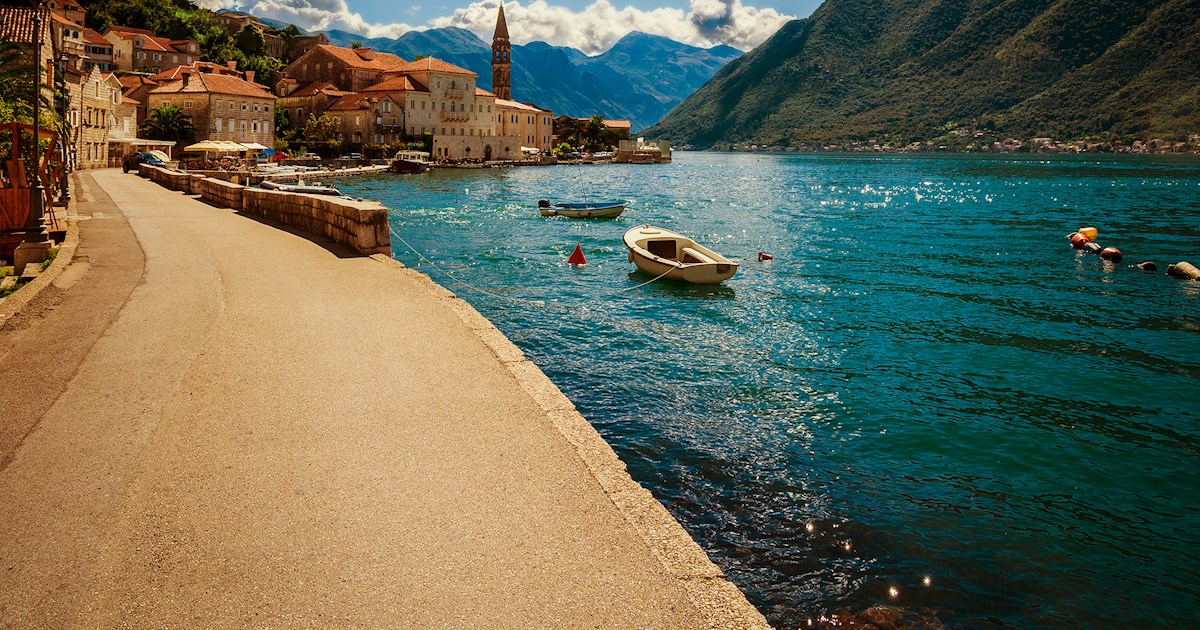
Eat Local in Montenegro

"Pljevaljski sir" (cheese) was ranked 27th among the world's best cheeses - Blog
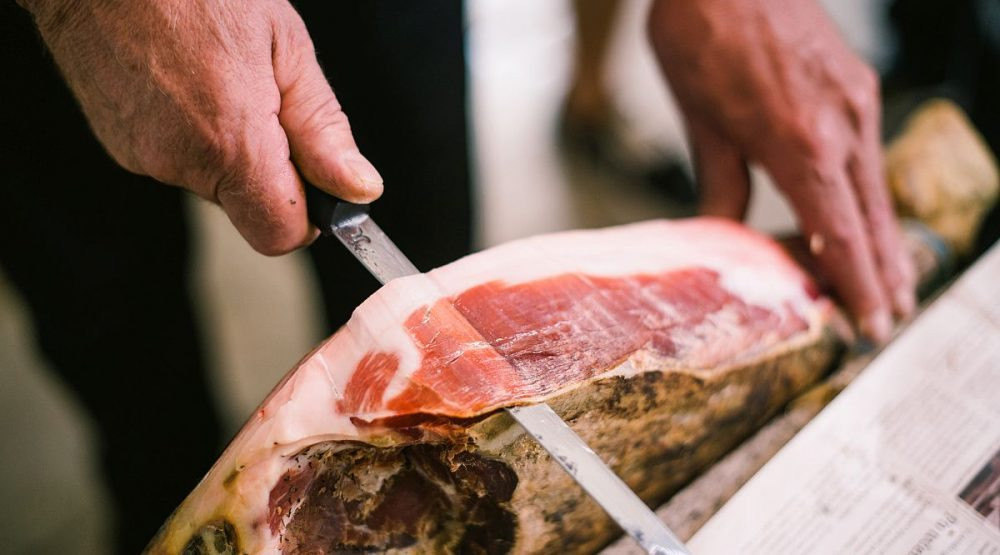
Two gold and three silver medals in Croatia for Montenegrin prosciutto - Blog

Private Kotor Old Town Walking Tour with Food and Wine 2023
When you subscribe to the blog, we will send you an e-mail when there are new updates on the site so you wouldn't miss them.
About us
Our mission is to make it easier for digital nomads to come and work in Montenegro by directing them to the right places and helping them adjust to life in Montenegro.
Informations
Travel information
Digital nomad news
Coworking spaces
Accommodations
Places to visits


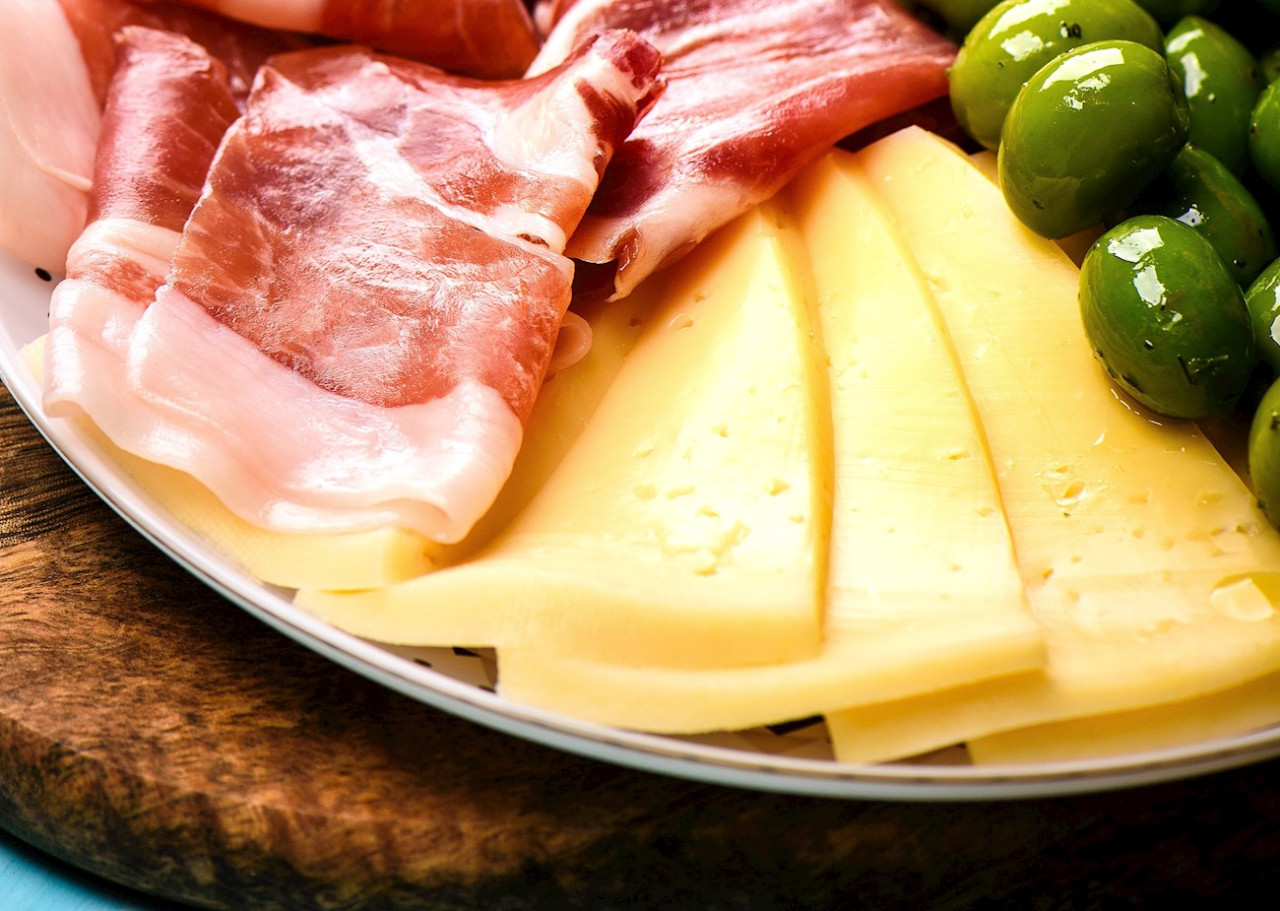
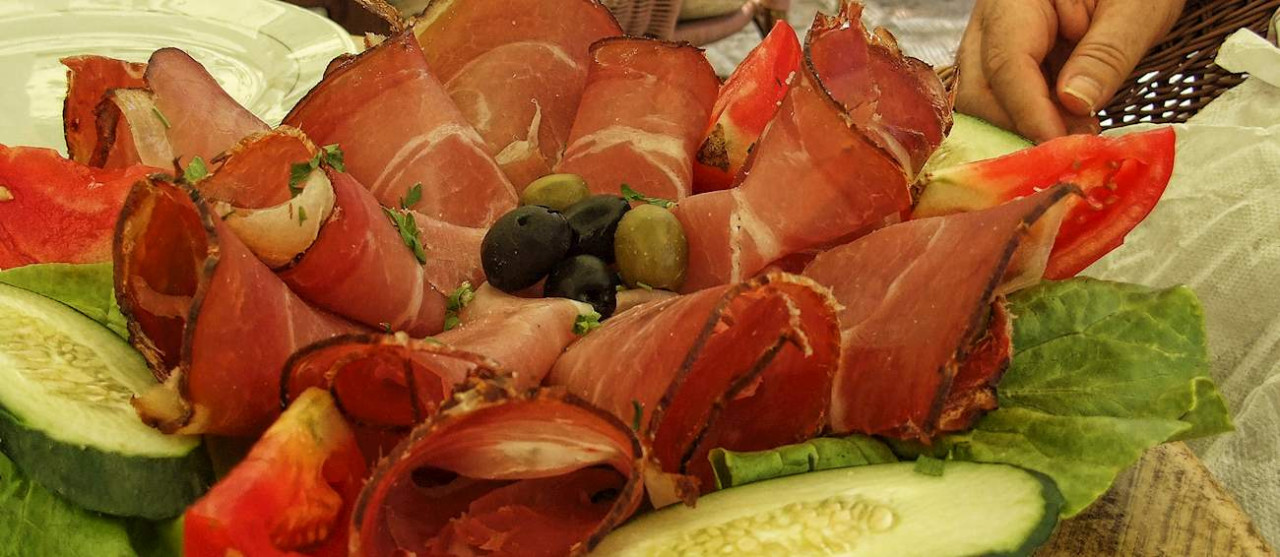
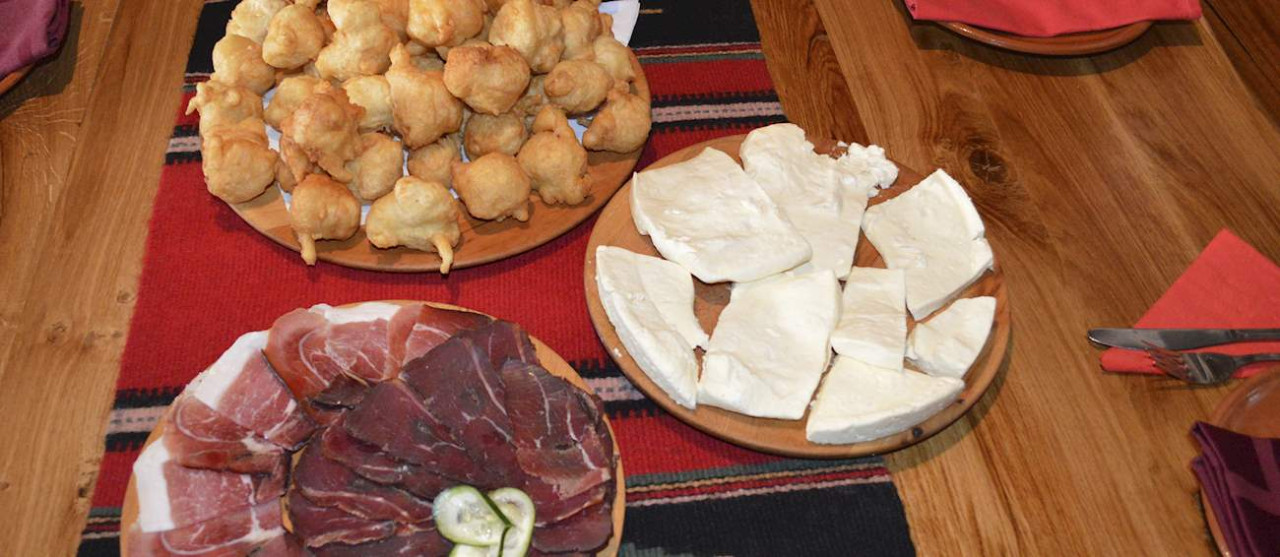
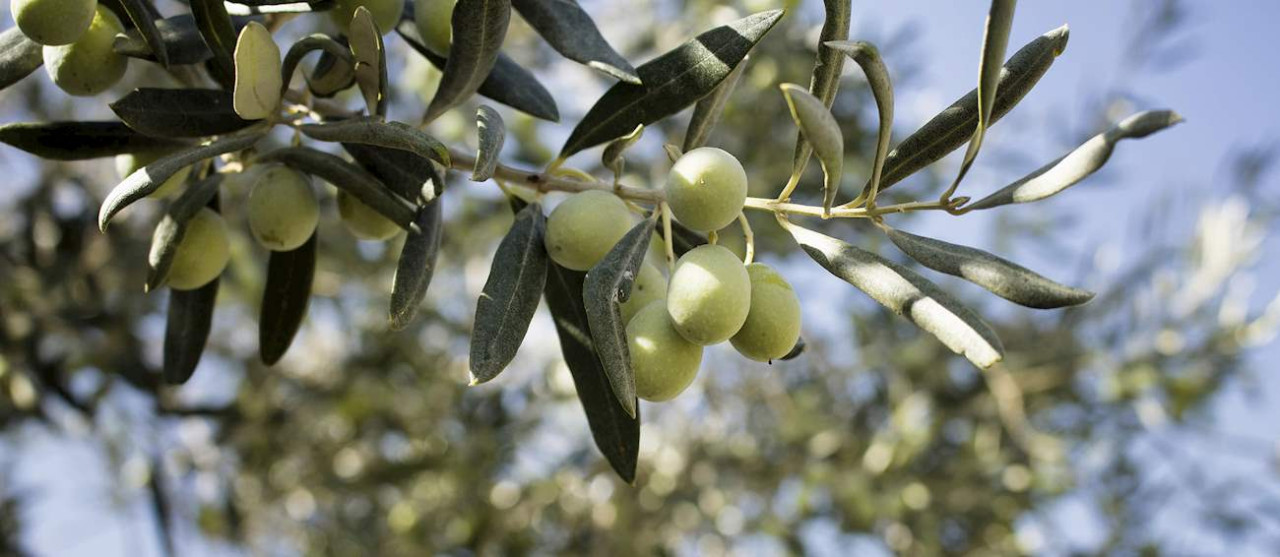


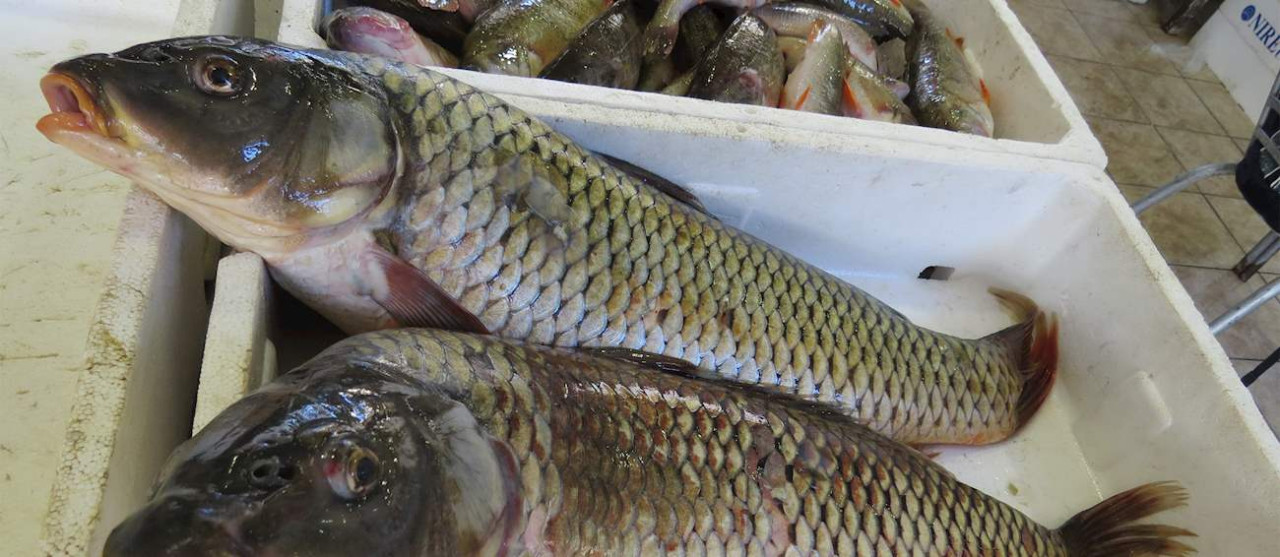
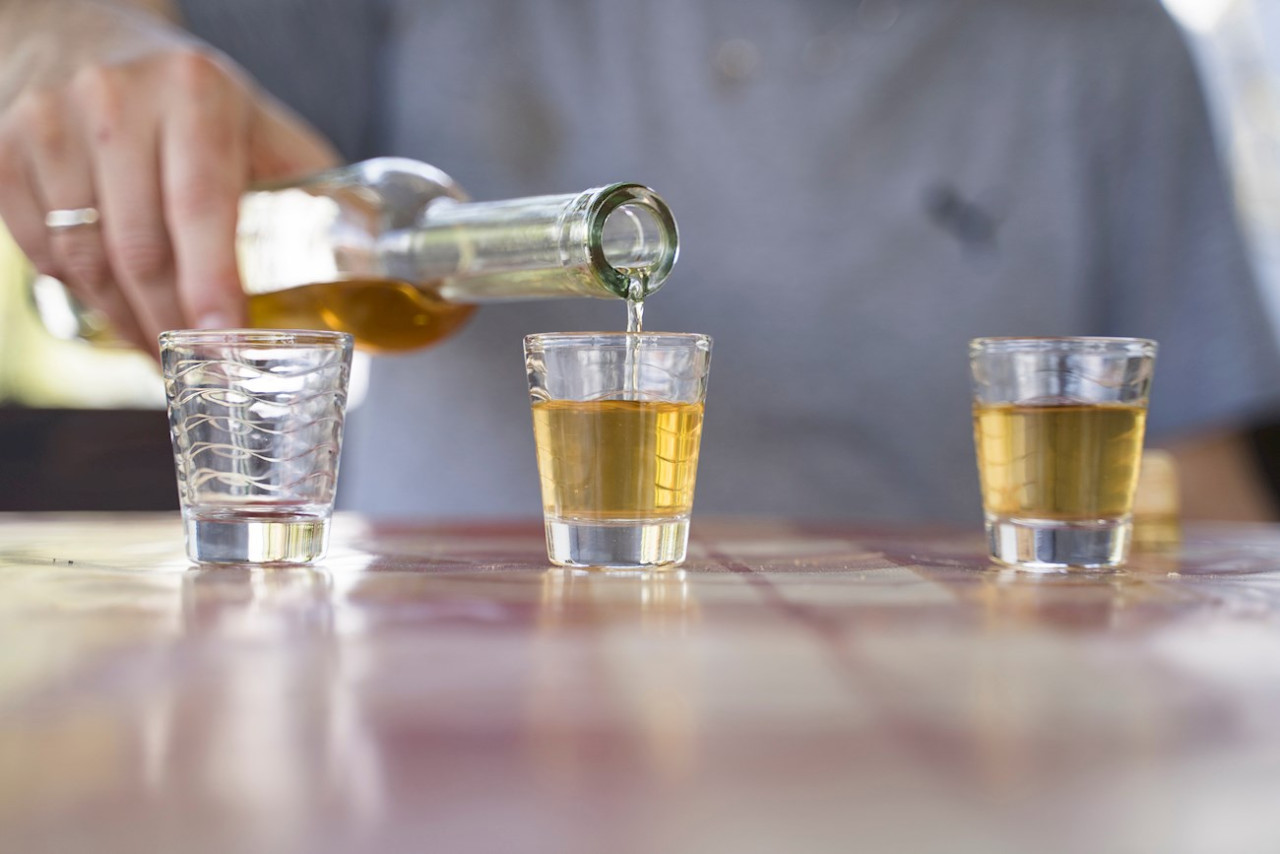
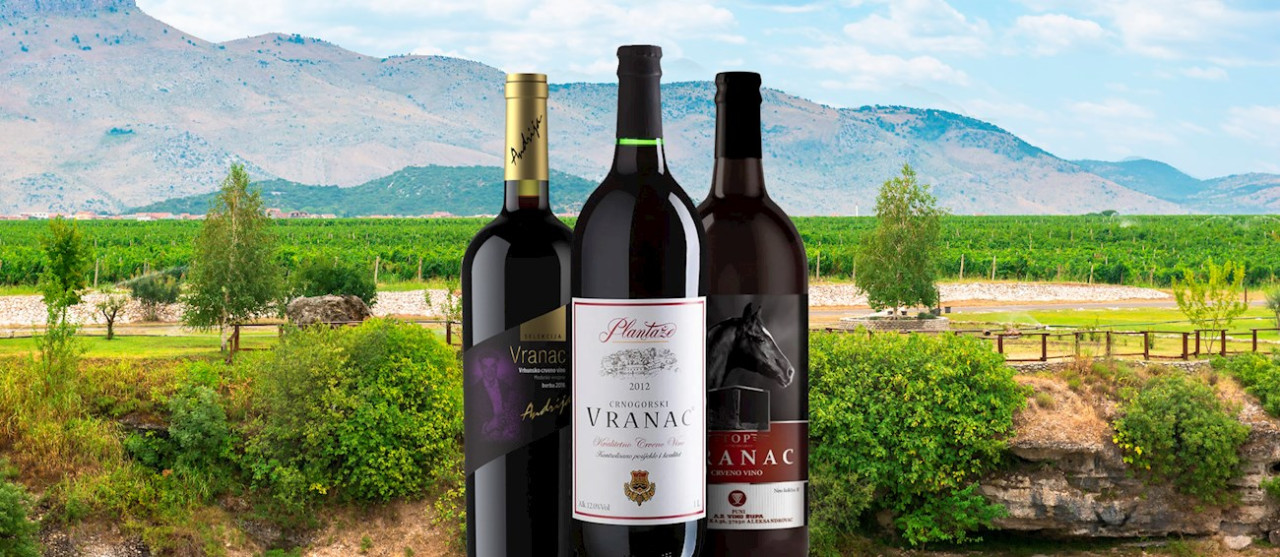
Comments